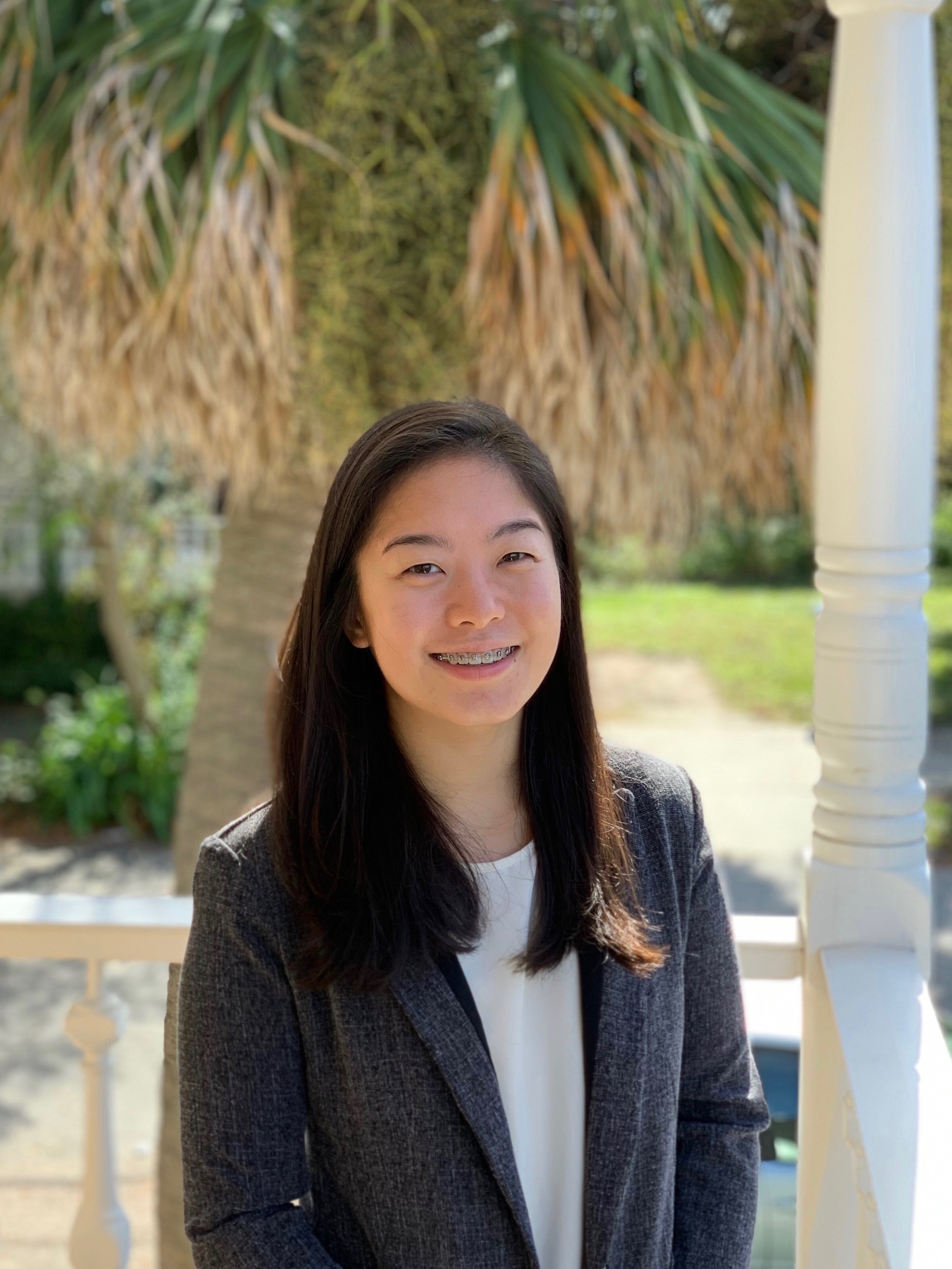Back
(PR10) Effects of Aging on Pulp Chambers of Human Molars
Thursday, May 4, 2023
1:00 PM – 4:00 PM CT

Rachel W. Chen, D.M.D.
Endodontic Resident
Medical University of South Carolina
Charleston, South Carolina, United States
Presenter(s)
Literature descibes discrepancies in the wall thickness around the pulpal chamber and the position of the chamber floor of molars. Since dentin is continuously deposited throughout life, we reasoned aging would impact dentin thickness of chamber walls and its floor position.
Objectives: (1) To measure the dentin thickness on the floor, ceiling, mesial, distal, buccal, lingual of chamber walls and (2) determine the position of the CEJ in relation to the floor/ceiling.
Methods: CBCT images (75 voxels) of virgin maxillary (n=15) and mandibular (n=11) molars without abnormal morphology were selected from three age groups: < 30 (n=10); 30-60 (n=10); and >60 (n=6). The dentin thickness of six walls were measured in the center of the tooth at the CEJ in axial, sagittal, and coronal views. The significance (P < 0.05) of wall location and age on dentin thickness was analyzed with two-way ANOVA.
Results: In all age groups, the ceiling exhibited the thickest dentin deposition and was significantly thicker than the floor. No statistical difference was detected between mesial and distal thickness in all age groups. Buccal wall had significantly thicker dentin than the lingual wall in patients older than 30. The chamber ceiling is at the CEJ in all age groups, with the floor becoming closer to the CEJ in >60. Age effect (P=0.0767) was not significant with our current sample size.
Conclusions: Preferential dentin deposition in ceiling and buccal walls was observed in patients older than 30. However, the age effect needs to be reevaluated with ongoing sample collection.
Objectives: (1) To measure the dentin thickness on the floor, ceiling, mesial, distal, buccal, lingual of chamber walls and (2) determine the position of the CEJ in relation to the floor/ceiling.
Methods: CBCT images (75 voxels) of virgin maxillary (n=15) and mandibular (n=11) molars without abnormal morphology were selected from three age groups: < 30 (n=10); 30-60 (n=10); and >60 (n=6). The dentin thickness of six walls were measured in the center of the tooth at the CEJ in axial, sagittal, and coronal views. The significance (P < 0.05) of wall location and age on dentin thickness was analyzed with two-way ANOVA.
Results: In all age groups, the ceiling exhibited the thickest dentin deposition and was significantly thicker than the floor. No statistical difference was detected between mesial and distal thickness in all age groups. Buccal wall had significantly thicker dentin than the lingual wall in patients older than 30. The chamber ceiling is at the CEJ in all age groups, with the floor becoming closer to the CEJ in >60. Age effect (P=0.0767) was not significant with our current sample size.
Conclusions: Preferential dentin deposition in ceiling and buccal walls was observed in patients older than 30. However, the age effect needs to be reevaluated with ongoing sample collection.
